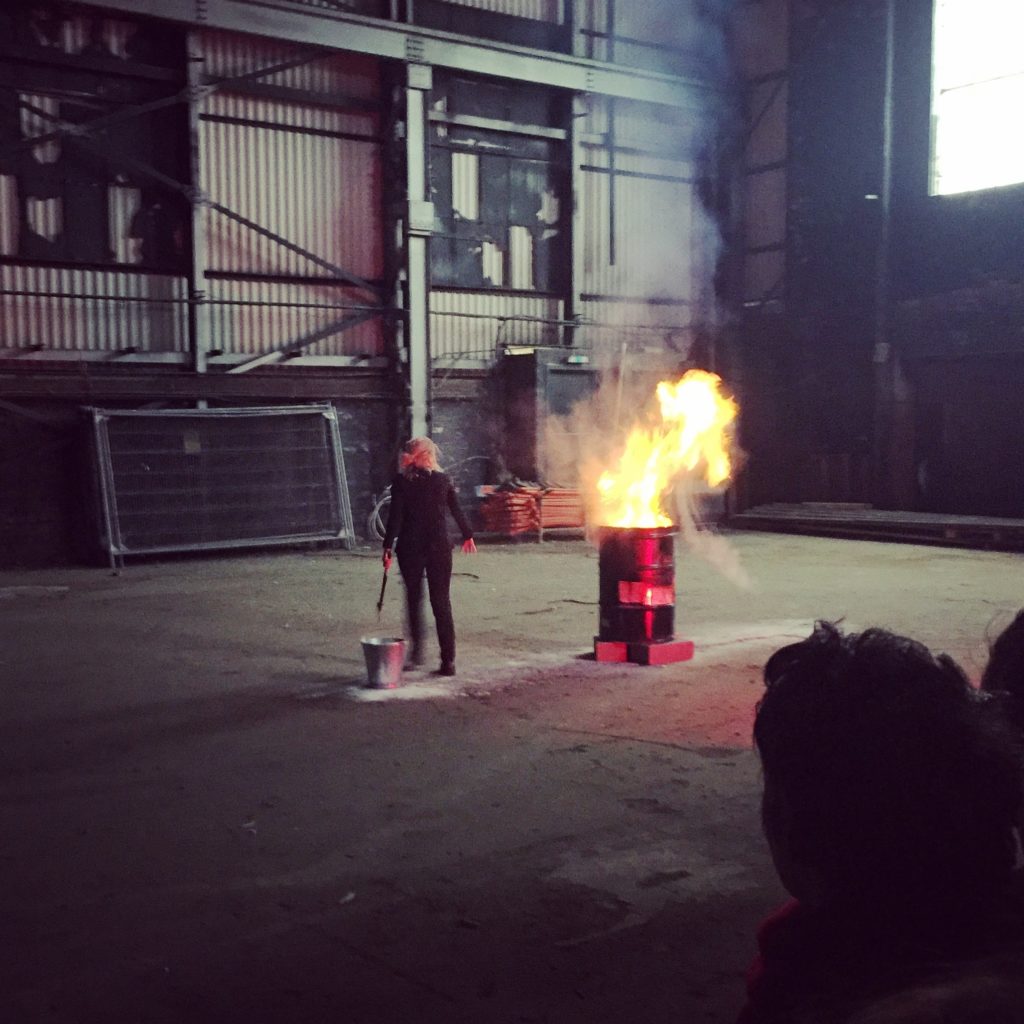Live Art in Scotland is a new AHRC-funded research project investigating Scotland’s untold history of live art, beginning in January 2021. Though Scotland has been home to some of Live Art’s most (in)famous events, existing histories of theatre and performance emphasize a literary dramatic tradition of plays and playwrights, and rarely address Live Art as a significant field of practice. This project intends to redress that omission while exploring the structures of curation, programming and funding that might enable experimental performance practices to thrive.

The broader ambition of the project is also informed by an understanding of how ‘resilience’ has become a significant concept in UK arts funding circles, often with very little regard for its consequence for individual arts practitioners, especially those who are already marginalised within the cultural sector. This idea is especially consequential for a field already characterized by risk and experimentation, and dominated by solo and/or freelance practitioners.
The original brief for this project was written before Covid-19 and the widespread disruption of the UK’s live performance sector. Though the pandemic has hit the entire culture sector, it has had a disproportionate impact on freelancers and the precariously employed – and without significant policy intervention, stands to worsen existing structural inequalities which mean that working class, disabled, Black and global majority artists (among others) continue to be marginalized and excluded.
Can a history of Live Art help us invent new structures of funding, access and support towards a better and more equitable future?